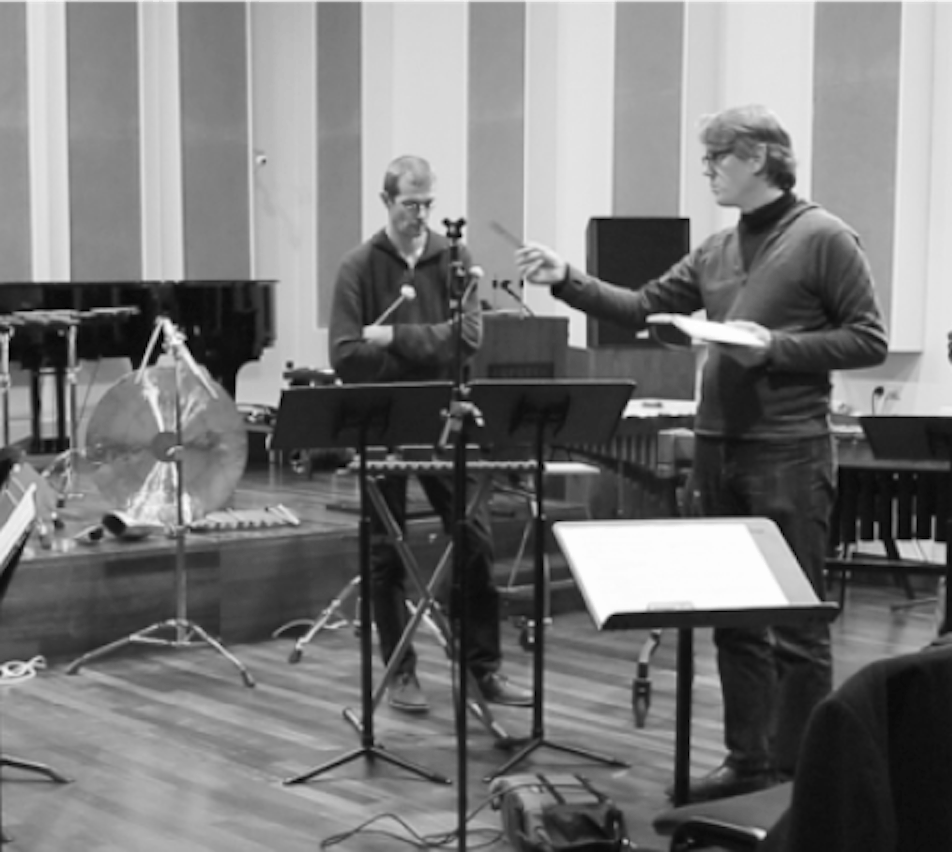
Different performances of the same work can communicate more or less polyphonic expression through the employment of expressive divergence. Rather than being a purely cerebral experience, this expressive divergence is situated in an ecological relationship between keyboard and player where the gestural dynamics of technique and musicianship overlap. Specific body schemata relating to expressive divergence are therefore foundational to the interpretive freedom of the performer in creating polyphonic expression, and feature transparently in the musical result. This dissertation theorises expressive divergence by examining the embodiment of single voices through the hierarchical structuring of coarticulation, and by showing how these multi-layered gestures combine in the polyphony of expression.
First, polyphony is defined as a term and situated in the centre of a web of meaning formed by its interdisciplinary use as a metaphor, a use characterised by responsiveness between subjective agents without mutual objectification. The concept of polyphony is then applied to expression in performance. An important feature of single-player polyphony is shown to be embodiment, where each hand (or finger) has its own subjective agency. Reflection about this experience foregrounds the inner relations between thought, body movement, and sound, which leads to a discussion of musical gesture. Such gesture is shown to have a hierarchical structure created by coarticulation (the corporeal subsumption of smaller units of gesture into overarching continuities). Coarticulation depends not only on the musculoskeletal structure of the body, but also on acquired skills and habits (body schemata). It underlies a kind of thinking through movement which embodies and creates musical structure in performance and forms an essential part of instrument-specific legato playing. Examples taken from the experience of performing the Chopin Etudes are used in this part of the dissertation.
Because coarticulation allows for participation of the whole body in shaping individual voices, it follows that the simultaneous divergence of shape in polyphonic playing involves a certain embodied interaction between voices. Borrowing words normally used for describing compositions, this interaction can underlie what is described as monophonic, homophonic or polyphonic voicing. In order to investigate polyphonic voicing, this dissertation presents a series of experiments using layered recordings which in turn provide a springboard for reflection about objectification, agency, spatiality and musical tension.
In the following section, examples are presented of exercises for developing polyphonic expression and its underlying body schemata. These are accompanied with a discussion of the reasons behind each exercise, giving models for readers to use in developing their own exercises. Finally, a recital program is presented, demonstrating how the use of polyphonic expression can function within a normal concert practice across style periods and in repertoire ranging from simple to complex. In the conclusion, the ideas of the dissertation are once again placed in a broad interdisciplinary horizon of polyphony as a metaphor. Single-player polyphonic expression is shown to enact or demonstrate an inner experience of multiple streams of subjectivity, an experience intensified by its embodied dimension.
Prof. Frans de Ruiter (promotor), Vincent Meelberg (promotor)